How Long To Wait For Primer to Dry?
Find Out All the Nuances About Paint Primer!
Paint primer (undercoat) is a paint that goes under the first coat of color. Its purpose is preparing a wall for painting.
Widely used for interior and exterior surfaces, it makes the surface of the wall smoother, improving the overall quality of painting, extending the term period of the color, and providing additional protection to the facet.
Determining the time for drying depends on several crucial factors such as primer brand, compounds of the primer, and the environmental conditions. We will discuss them in this article more closely.
Some hosts do not see a sense of it and intend to avoid additional expenses. This reasonable desire may come true if:
- the surface is exceptionally smooth as glass;
- you intend to refresh the already existing color;
- your walls possess self-priming features.
Except for expenses, using an undercoat requires additional time. Yet in most situations, you should dedicate some extra time and put in additional effort. How long to wait for primer to dry depends on several crucial factors that we are going to discuss in this article.
Cases when a primer is a must
First of all, you should consider the outcomes regardless of how long to wait after priming to paint. Here are the cases when you should choose a primer without hesitations:
- Rough surface. It is the first and foremost sign that you can not escape a primer. Painting woods, bricks, or gypsum boards require an undercoat. The paint does not look well when it gets into the scratches or pores, and you will spend even more time and money to correct the result.
- Changing the existing color to a lighter one. Getting the desired bright color is easier with the white primers that you can find on the market.
- Walls with glossy base. Using paint for this surface without a primer is risky because the fresh paint may not stick to it.
If you are going to paint wood, consider using a primer as well. Since paint does not adhere well to woods, applying a priming layer is a perfect idea. Also, it will help to diminish the amount of coating color needed for your project.
As you can see, an undercoat is much more than a time and money waster. There is no doubt that you want to finish the work as soon as possible. Let’s find out more about the primers’ features and calculate the overall time you may spend for your project using this material.
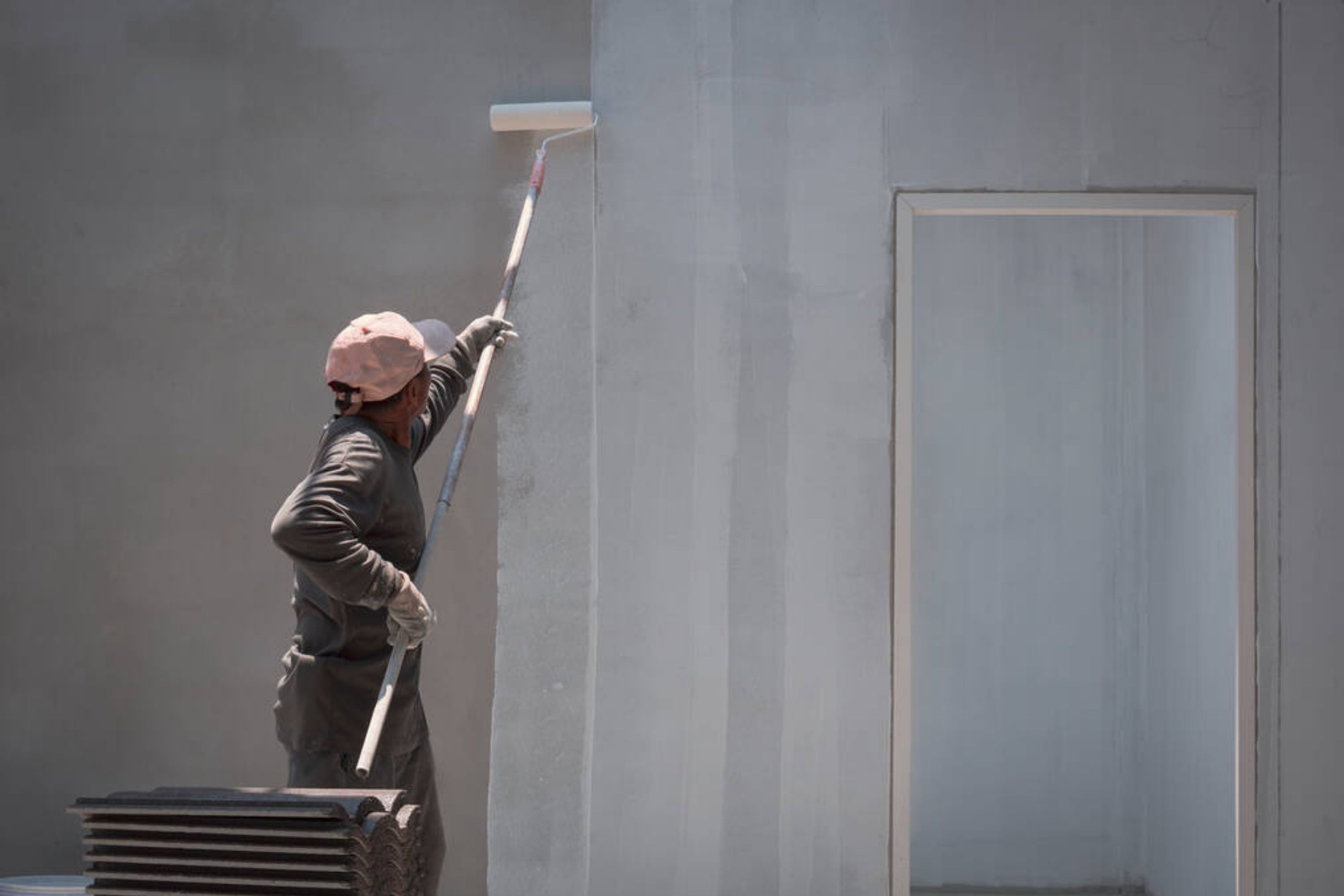
Credits: Surakub888, via Crello.com
Table of Contents
Primers: types and their characteristics
How long do you let the primer dry carefully? To reply to this question, reflect on its types and features. Have a glance at the most popular primer types represented on the market:
| Primer Type | Duration period | Appliance | Features |
|---|---|---|---|
| Acrylic/Latex (water-based) | Up to 30 days | The base for water-based paints | Washable |
| Oil-based (alkyd) | Up to 14 days | A broad range of appliances (e.g., wood and metal), fits for oil and latex paints | Prevents stains, includes harmful volatile compounds |
| Shellac | Up to 3 days | Interior and exterior surfaces made of wood, metal, plastic, and plaster, fit for acrylic and oil paints | Adhesive, fast-drying, blocks stains |
| Urethane | Up to 18 hours | Fits for metallic, wooden, and plastic previously painted surfaces, sanding, and designing bright colors | Provides adhesion and hard layer surface and requires sanding |
Depending on the surface and purpose, you can choose the most suitable primer that responds to your needs.
Related: How to Make Oil Paint Dry Faster?
The overall time between primer and paint
When you start working with any building material, including primer, take your time to observe its qualities in detail.
Counting how long can primer sit before painting may come uneasy since this process depends on several factors:
| Type of primer | Time |
|---|---|
| Water-based | Up to 3 hours |
| Oil-based | Up to 24 hours |
| Environmental conditions | Time |
| Humidity | recommended 50% |
| Temperature | recommended 77 degrees Fahrenheit |
Any environmental deviation impacts the length of periods between primer and paint, either lengthening or shortening it.
Humidity is a more influential factor than temperature since it shows the level of water molecules in the air. Hence, in coldish dry weather, a prime will dry faster than on a hot wet day.
The spread legend about diminishing the drying period depending on a surface is unfounded. Although wood possesses some thermal features, this characteristic does not make a real impact. To count the drying period, you should disregard the surface type entirely.
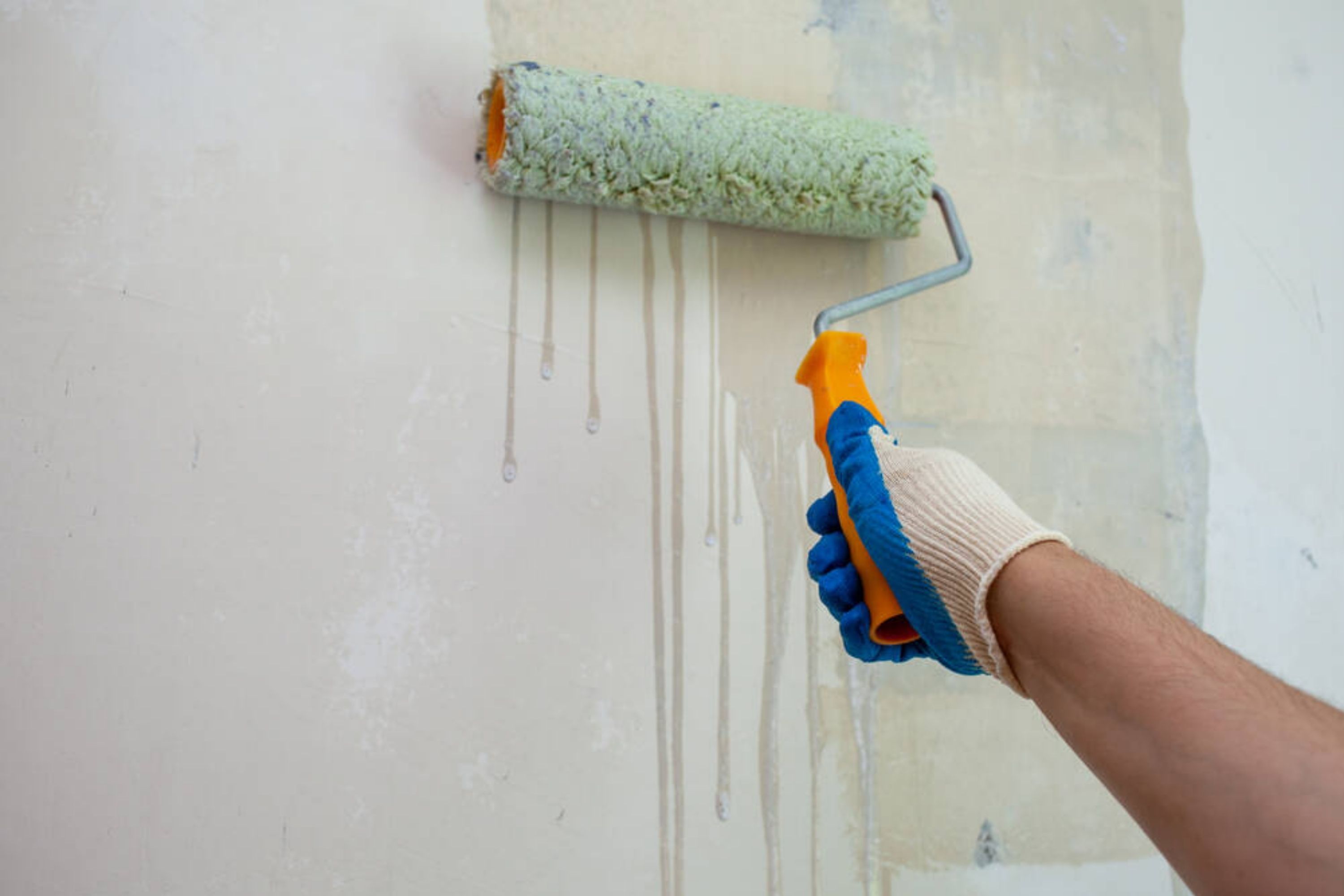
Credits: Sergey_Khramov, via Crello.com
Related: How to Make Spray Paint Not Sticky?
How to know that the primer layer is ready for painting?
How long should you wait to paint after primer? That is vital to know for accurate planning of your repair. Leave a primer at least for 12-24 hours regardless of its type if you have some spare time.
Remember that primers can not sit on a surface for long. The maximal period for latex primers (water-based) is 30 days. Oil-based ones sit up to 2 weeks only.
To know these details, check the label of the undercoat you purchased. Also, consider environmental conditions, such as heat and humidity. Dust and other grime that gets to the surface spoil surface texture.
Therefore, allow primer drying but do not exceed the period stated on the label.
Checking the undercoat is easy: touch it and ensure that the layer does not stick to your finger. If it is still tacky, give it more time to dry.
Otherwise, you will not avoid paint slippage. However, some paints do require adhesive primer. Read the paint label and meet the requirements for the best results.
Touch lightly first. It should not come off on your finger. Even when all is fine, leave it for extra 30 minutes as a backup. Remember, too soon painting will ruin the job.

How long to wait for the primer to dry?
So, How to shorten a primer’s drying period? There are cases when you need even more than one primer layer (depending on your project).
The quality of surface and type of undercoat may require additional layers. Reasonably, it would be an excellent idea to shorten the period between these sessions.
How long after can you put a second coat of paint on after a primer? Which are the ways of shortening it?
The drying period remains the same. But there are a few handy tricks that you may use to speed up an undercoat’s drying time. Since it depends on temperature and humidity, you can try switching on an air conditioner, heating system, or using a dehumidifier.
Air circulation is a perfect idea to speed up the drying process.
Except for the technologies, pay attention to the depth of your layers. Naturally, thick ones will require more time to dry, while thin ones less.
Also, you can use talcum powder which helps eliminate extra moisture.
Try it on a small surface area to see if it works properly. You may also want to dry, adding some additional compounds into the primer (e.g., Japan Dryer) to make it drain faster. That is especially appropriate for water-based primers.
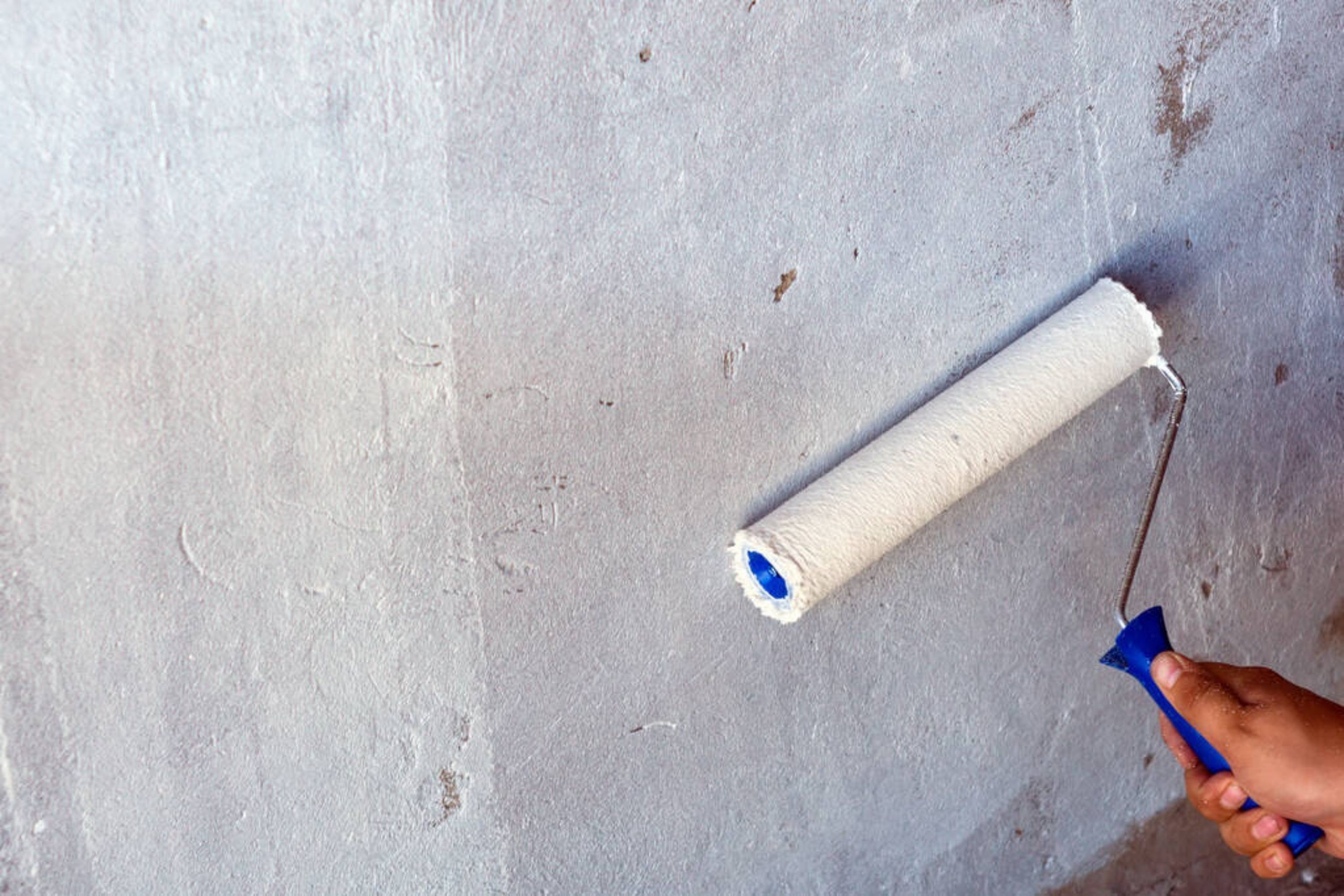
Credits: darksoul72, via Crello.com
Fixing problems with primer
How long does it take primer paint to dry if some problems occur? Add some spare time for possible issues which may happen with an undercoat. Here is the problem/solution table:
| Problem | Reason | Solution |
|---|---|---|
| Undercoat runs or drips | Too think layers of primer | Use sandpaper or sand block, then eliminate sand waste |
| Accumulates dust | An extended period of drying | Wipe the surface gently, using a microfibre cloth. Do not drench the tissue. Most primers are not waterproof. If the wall is too dirty and you need to wash it, be ready for one more layer of primer then |
| Scratches | Sudden drying surface damage | Recoat the surface using a compact brush for small areas or paint rollers for significant fixes |
Avoiding these problems requires practice, so do not be upset if one of these problems happens. Things will go better next time with the new layer of primer.
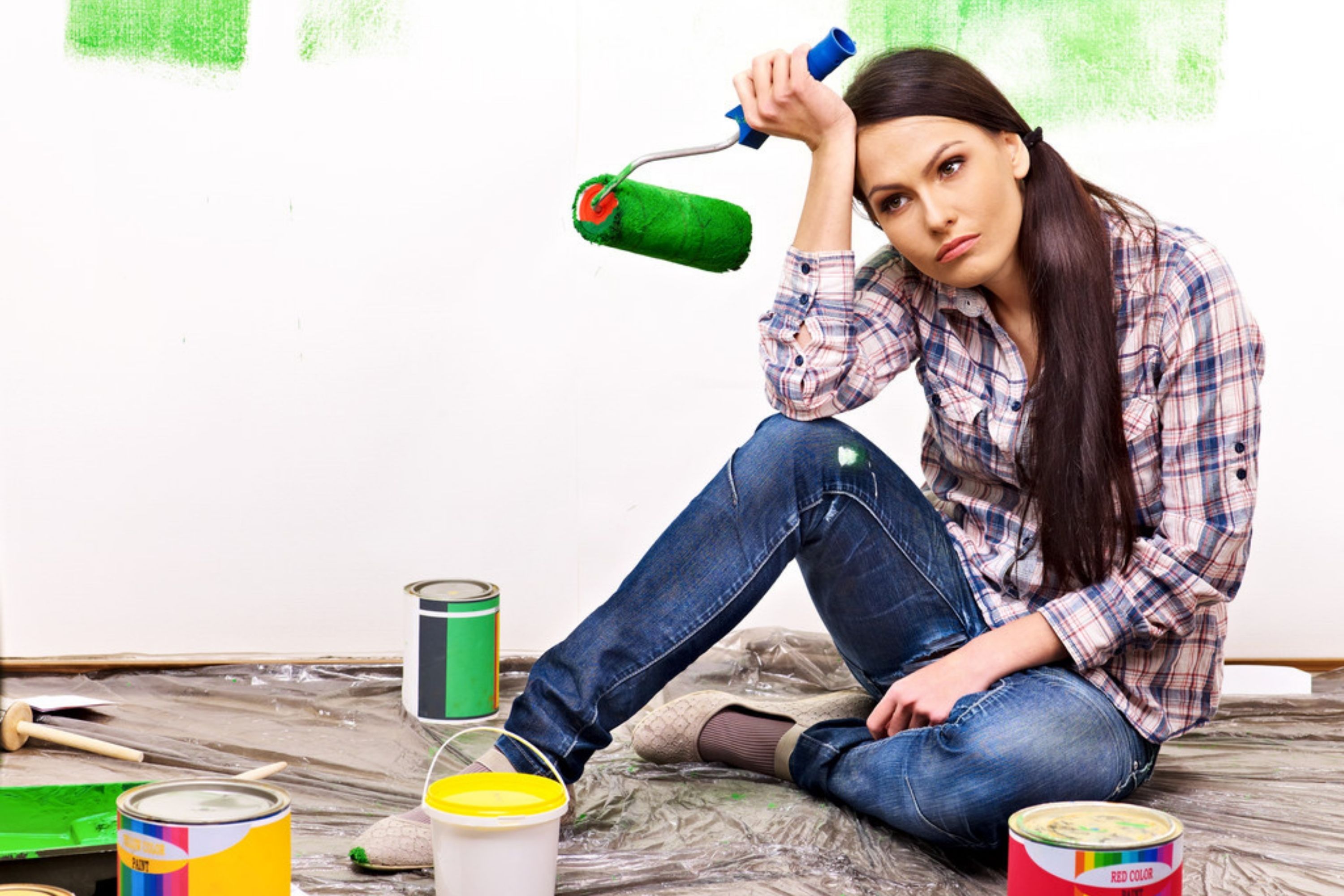
Credits: poznyakov, via Crello.com
Sanding
Sanding is a necessary stage for porous surfaces that accept paint badly. Also, it needs those for additional layers of undercoat. Eventually, implementing it is a guarantee that your paint will stick reliably.
So if you feel like sanding will be helpful, do not waste your time for corrections later and do it in time.
The prime purpose of sanding is to make the surface as flat as possible, eliminating all imperfections. Also, it helps to get rid of the tiny fibers that painting may cause. However, you can proceed after the primer is dry entirely.
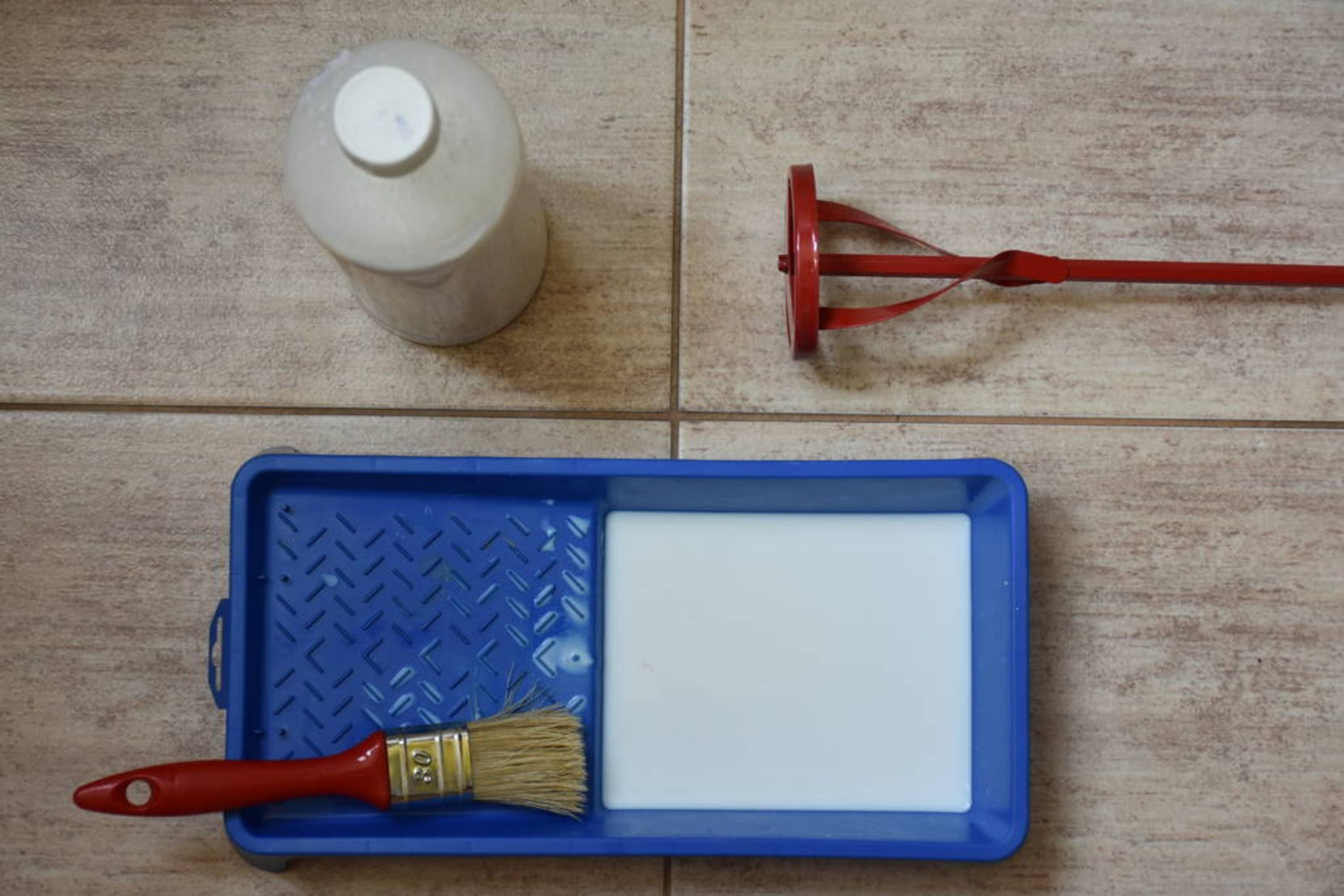
Credits: GalinkaLB, via Crello.com
Spray painting
When you use spray paint, wait until prime is ready for it as it comes with the usual one. Since spray works best in low temperatures, work outside when the temperature is 65-85 °F with minimal or preferably completely absent humidity.
It will provide perfect paint adhesion and quick drying.
Make sure that the undercoat is ready for painting. Otherwise, you will get wrinkles on the walls.
Primers for a car painting
Primers are also widely used in automotive painting, creating a smooth surface and preventing corrosion.
Primers sit on a vehicle about 24 hours before applying the first layer of paint.
Some undercoats have exclusive features and get dried within 30 minutes. Nevertheless, practicians suggest waiting for 24 hours.
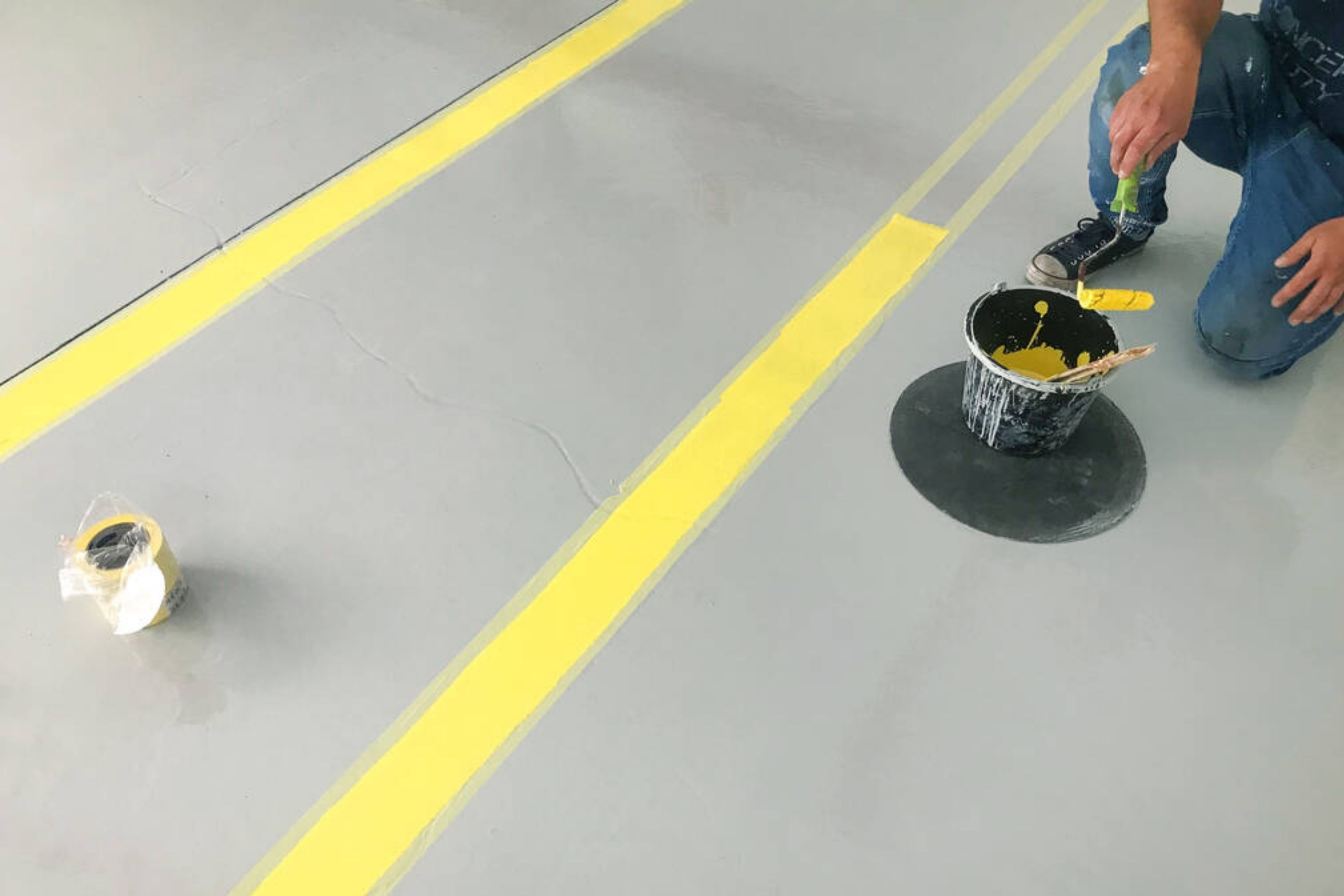
Credits: unusual111, via Crello.com
Alternative of primer
An extensive range of building materials and accessories offers self-priming paint. It is a Wild Card for those who want to ease the priming process as much as possible.
It is a paint that does not require preliminary coating and works on most surfaces. However, it has some nuances: It can produce spotty results on porous and glossy surfaces.
Besides, using it does not exclude the presence of a flat facet.
For this reason, professionals do not rely on it, using the classic stage of priming, which provides more predictable and beautiful results.
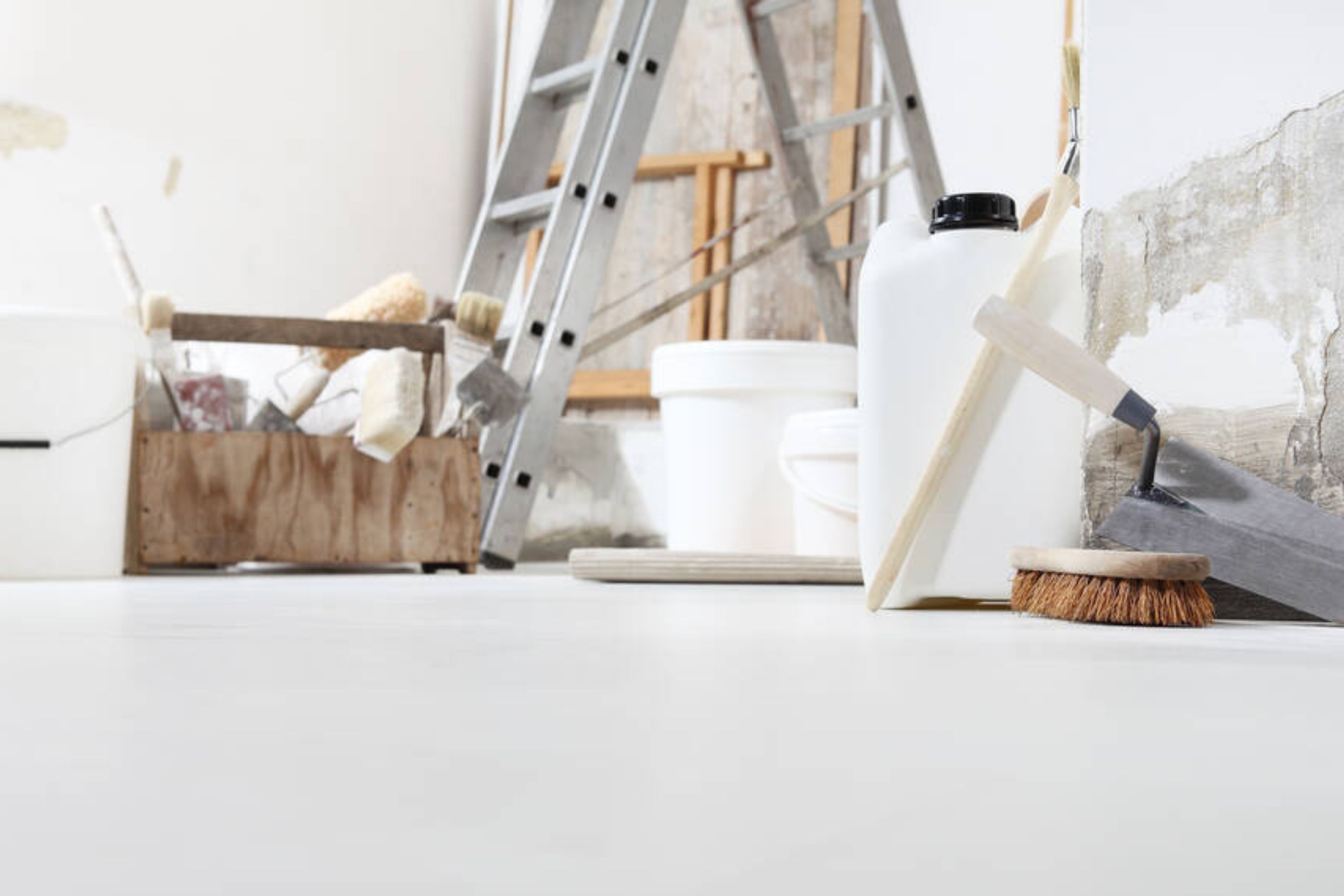
Credits: amedeoemaja, via Crello.com
The Takeaway
Now you have all the information and can start applying primer. Knowledge will help finish your project easily, escaping possible problems or results issues, saving time and money.
Whichever type of undercoat you select, remember that painting is not allowed after 30 days. The period can be even shorter depending on the primer brand.
Thin and carefully applied layers of primer will get dried quickly and bring maximally comfortable conditions for painting.
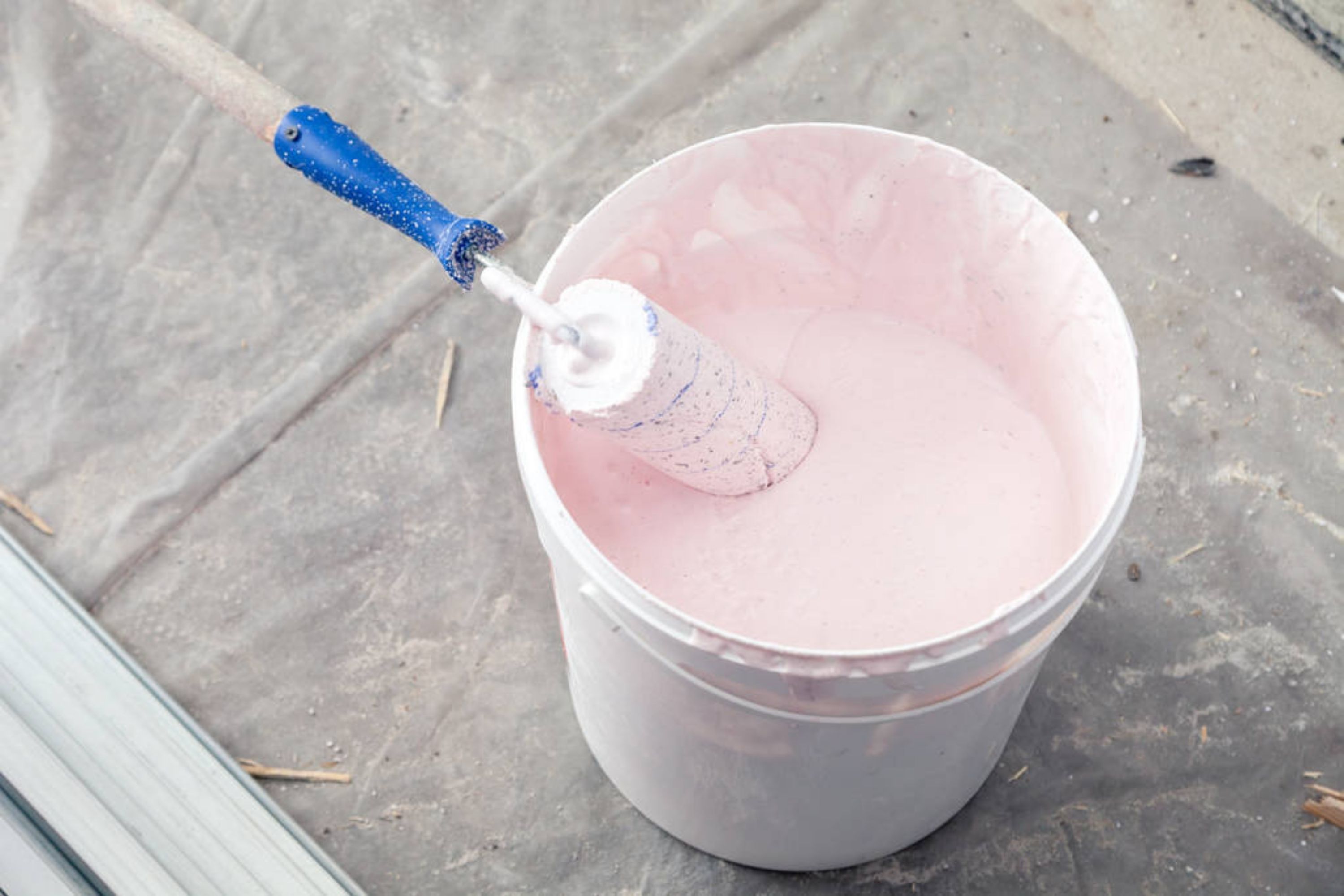
Credits: mikrokon, via Crello.com
Consider the weather conditions if you are busy with the exterior project or create the necessary air temperature and humidity if you work inside.
Apply the tips mentioned in the article and enjoy your painting!
Ever wished paint sampling was as easy as sticking a sticker? Guess what? Now it is! Discover Samplize's unique Peel & Stick samples. Get started now and say goodbye to the old messy way!
Get paint samples




Frequently Asked Questions
⭐ How long after primer can you paint
You can paint within 3 hours up to 30 days, depending on the type of primer.
⭐ How long after applying primer can you send paint?
You can start sanding as soon as your primer has dried for up to 3-30 days.
⭐ How long after using alkyd primer can you paint?
Up to 30 days
⭐ How long can you paint after applying shellac-based primer on a joint compound?
During 3 days
⭐ How long can the primer sit before painting a car?
24 hours
9 thoughts on “How Long To Wait For Primer to Dry?”
Leave a Reply

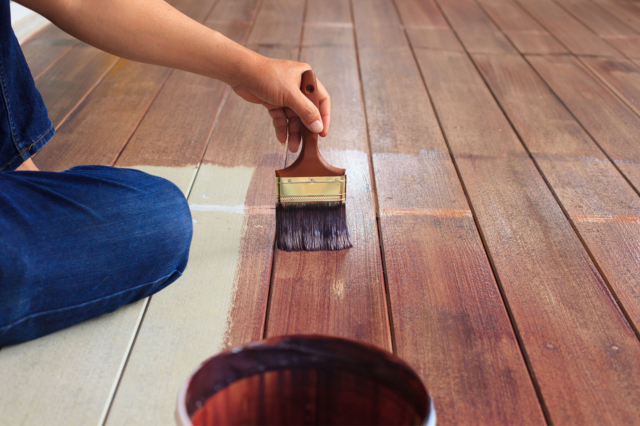
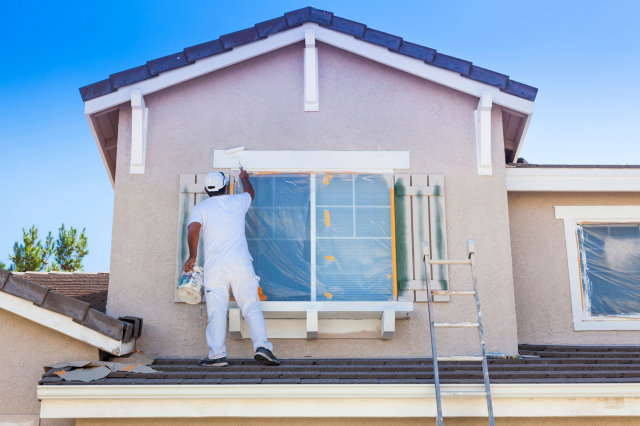
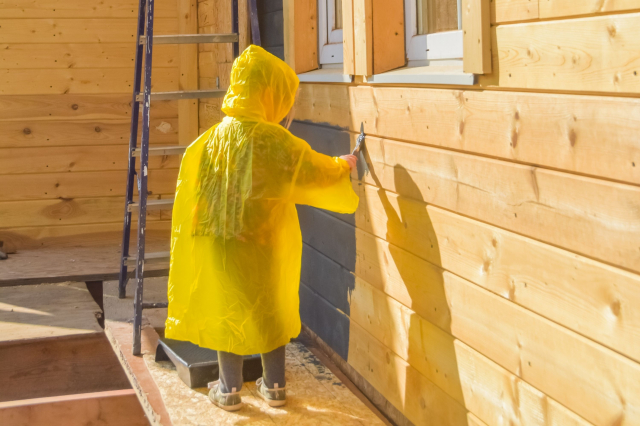
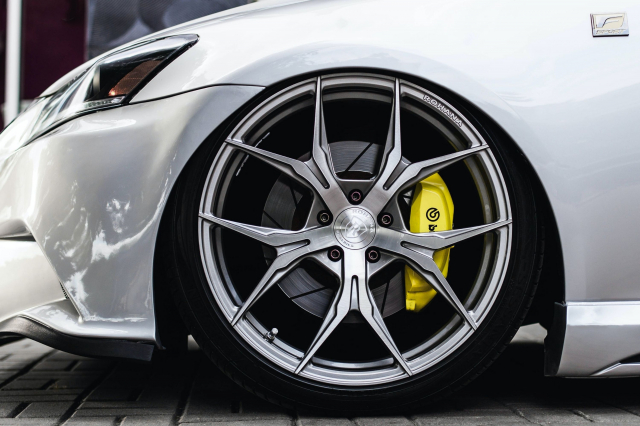
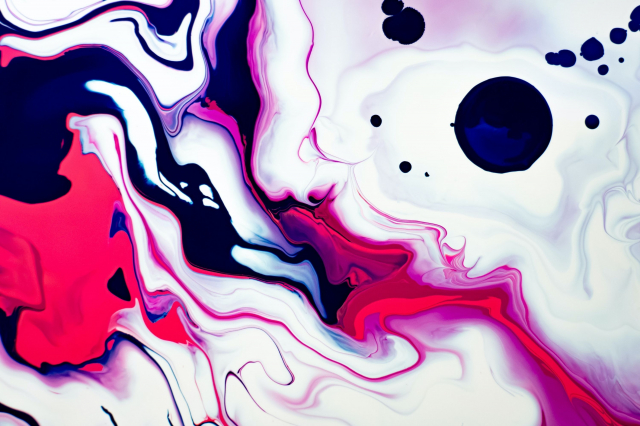
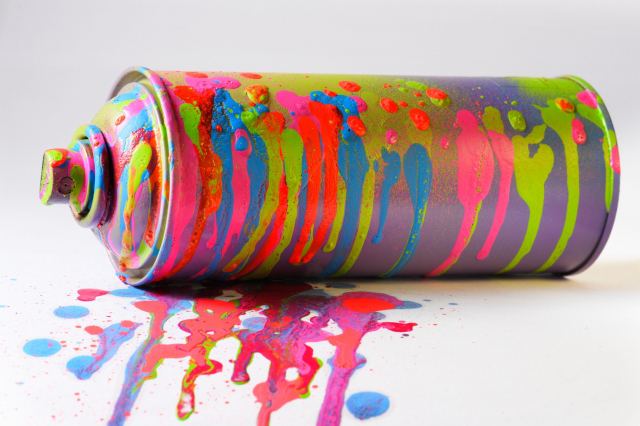

Does anyone know how long I need to wait for primer to dry before I can start painting my car?
Do you wait for primer to dry before applying foundation?
I guess you should wait to let it dry. If you start applying the next coat while your primer is still wet, the two coats can mix and end up in a patchy coating.
Hi everyone! Since you’re discussing primers here, I hope you can help me. I need to know how long it’s required to wait for primer to dry before painting miniatures. Does anyone know?
Hello! I guess the drying time in this case is approximately two hours, which is a common drying time for any primer. However, I guess you’d better check this out with the instruction on the primer’s package for the more precise information.
How long does it take for primer to dry on metal surfaces? I never used primers on metal surfaces, so any help or tips from you will be very welcomed!
Hello there! I used primer on metal once or twice, and as far as I remember, it dries to the touch in approximately 15-30 minutes. But in order to handle it, you should wait for 1-2 hours.
How long is it best to wait for primer to dry before I can start painting? I never used primers before, but this time I simply can’t paint without it. However, I have no idea of how to prime correctly!
Hey there. As far as I know, primers take from half an hour to one hour to fully dry. But I’d recommend you wait for a couple of hours at least before you start painting your surface! From my own experience, if you start applying paint too fast, it may not adhere to the surface properly.